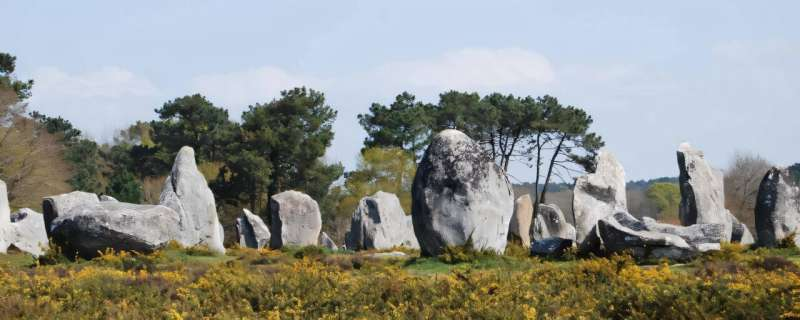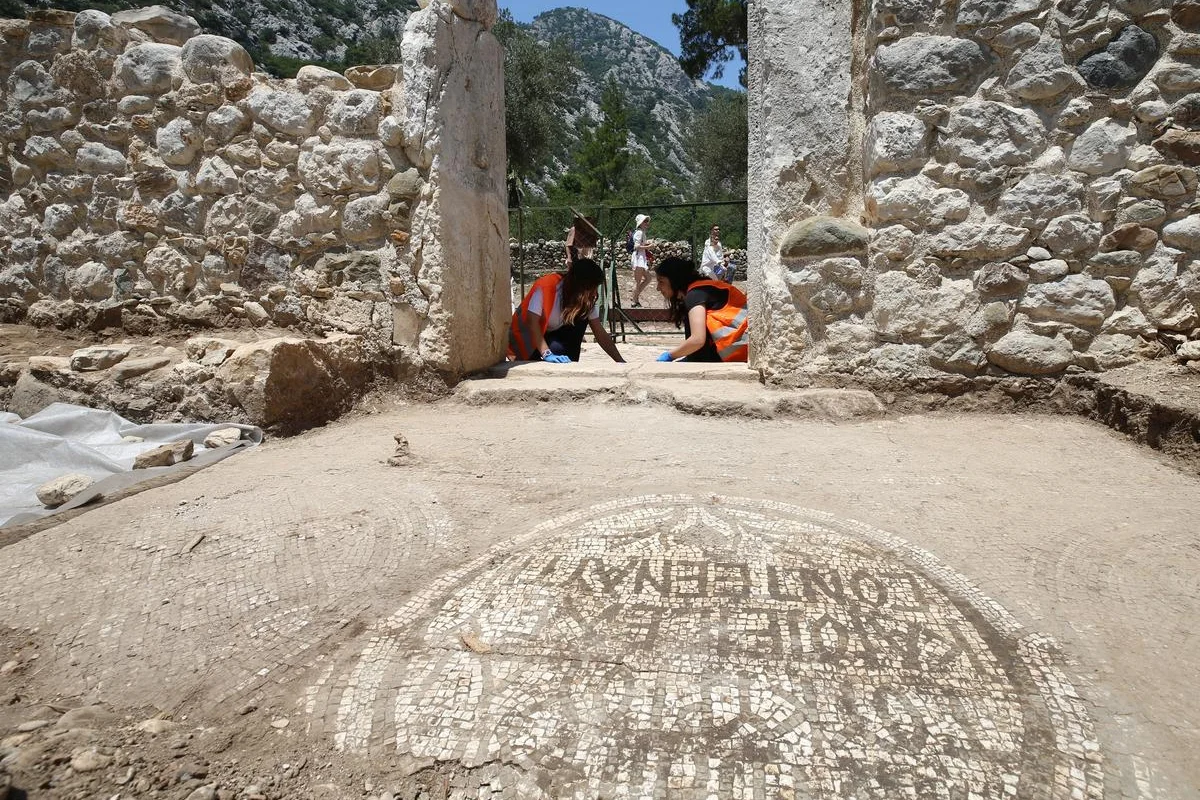Archaeologists from ArchaeoConnect and the State Office for Monument Preservation (LAD) have recently conducted the first significant study of Baden-Baden’s Roman Imperial Baths in 180 years.
A Rich History Beneath the Surface
Located beneath the market square and collegiate church in Baden-Baden, these baths were known as Aurelia Aquensis during Roman times, named after Emperor M. Aurelius Severus Alexander Augustus. The complex was one of the largest of its kind in the region of Baden-Württemberg.
Constructed in the late 1st century AD, the baths were built over the Florentinerberg hot springs, utilizing geothermal waters that rise from a depth of about 2,000 meters. This marks the first verified use of thermal springs by humans in Baden-Baden.
Excavations and New Discoveries
The Roman baths were first uncovered in the mid-1800s, revealing numerous rooms and thermal pools. However, research on the site had been minimal until recently.
In 2024, while sewer renovations were taking place, archaeologists from ArchaeoConnect took the opportunity to investigate newly exposed areas of the complex, covering 50 square meters. This provided fresh insights into the structure and design of the baths.
Key Findings
At just 1 meter below the surface, archaeologists discovered several Roman-period walls, some of which had not been recorded during earlier excavations in the 19th century. They also found hypocaust bricks, which are a clear indicator of the underfloor heating system used to warm the baths.
In the area where the largest known room of the complex was located, researchers uncovered multi-layered screed used to cover walls and floors with marble. They also found three well-preserved steps, likely used by bathers to enter a pool that was in use nearly 2,000 years ago.
Damage to the Site
Image Credit : Sarah Roth – LAD
While the new findings offer valuable insights into Aurelia Aquensis, they also highlight the damage caused by past construction projects. Sarah Roth from LAD explained that construction activities, such as the installation of a tunnel system in the late 19th century and recent canal and pipe installations, have caused significant harm to the ruins. These efforts have damaged and reduced the structural integrity of the baths beneath the market square.
In sum, this renewed study of the Roman Imperial Baths brings new understanding to an ancient site while shedding light on the challenges of preserving such historical landmarks.








